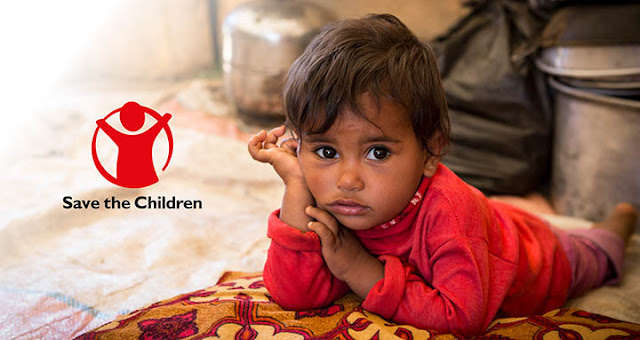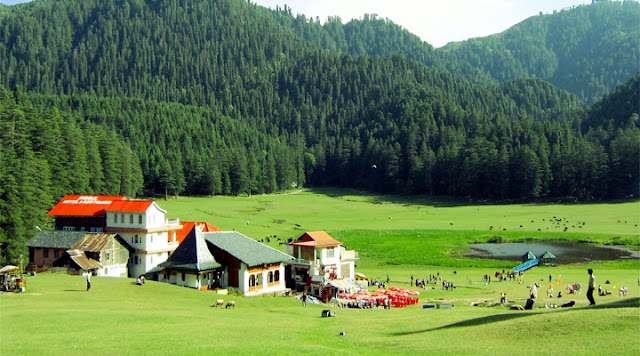In the present scenario of technology cashless transaction is a big step towards digitization.
A large part of India’s consumer market is serviced by small suppliers with low-cost bases, usually in the unorganized sector which usually involves earning, spending and buying in cash. The economy, though large, is made up of numerous consumers spending in small amounts and payment via cash is relatively easier. One of the major advantages of Cash payments is that it requires neither the internet nor any electronic devices (which makes them acceptable everywhere easily). Payment via cash is thus the easiest means of transaction in India.
Results from PRICE Cash Survey-2014 shows that even card users in the most affluent part of India transact 73% of their expenditure in cash and only 17% by card. In large urban centres with more ATM facilities, consumers withdraw cash more often and in smaller amounts as compared to rural centres, thereby avoiding the risk of loss of money or interest.
With the cashless economy, there comes the risk of online hacking of bank accounts. This is one of the most important factors because of which many people hesitate to adopt digital payment system. With the increase in the number of cyber crimes cases in India, the cashless transaction has created numerous myths in the minds of people. India is one the developing countries in the world and needs to work a lot on its cyber security.
Bottom 60% Indian households account for 30% of national income (NI) while on the other hand, the top 40% households in India have 72% of income and almost 90% of surplus income. This unequal distribution of money results miserably for the backward people. People living in backward areas are still not aware of these payment methods. As only 40 crore people have opened accounts under PM ”Jan Dhan Yojana” scheme out of the total population of 125+crore while many are still deprived of it. Many people who are calling it poor people's negligence to have not opened an account must also see the other side. With 4 out of 5 villages in India not having a bank is one of its reasons. Only affirmative to this is the empowerment of banks.
Any Change that occurs on such a big scale brings uncertainties, insecurities and thus resistance. Now, the interesting part is to observe how India adopts this change.
Written by Deepak Sharma
An ambivert by nature and a keen business editorial reader. I believe - "Either write something worth reading or do something worth writing"
“With big change comes big consequence”
India is the land of Lilliput: the market is composed of lots of small consumers and small suppliers and the transactions made by them are generally in-hand. For a developing nation like India where more than half population is not accomplished with the internet, digital payments just don't help its cause.Results from PRICE Cash Survey-2014 shows that even card users in the most affluent part of India transact 73% of their expenditure in cash and only 17% by card. In large urban centres with more ATM facilities, consumers withdraw cash more often and in smaller amounts as compared to rural centres, thereby avoiding the risk of loss of money or interest.
With the cashless economy, there comes the risk of online hacking of bank accounts. This is one of the most important factors because of which many people hesitate to adopt digital payment system. With the increase in the number of cyber crimes cases in India, the cashless transaction has created numerous myths in the minds of people. India is one the developing countries in the world and needs to work a lot on its cyber security.
Payments through cash just nullifies the possibility of recession factor (Indian stock market in 2008 recession is an evidence).
Bottom 60% Indian households account for 30% of national income (NI) while on the other hand, the top 40% households in India have 72% of income and almost 90% of surplus income. This unequal distribution of money results miserably for the backward people. People living in backward areas are still not aware of these payment methods. As only 40 crore people have opened accounts under PM ”Jan Dhan Yojana” scheme out of the total population of 125+crore while many are still deprived of it. Many people who are calling it poor people's negligence to have not opened an account must also see the other side. With 4 out of 5 villages in India not having a bank is one of its reasons. Only affirmative to this is the empowerment of banks.
Any Change that occurs on such a big scale brings uncertainties, insecurities and thus resistance. Now, the interesting part is to observe how India adopts this change.
Written by Deepak Sharma
An ambivert by nature and a keen business editorial reader. I believe - "Either write something worth reading or do something worth writing"


















